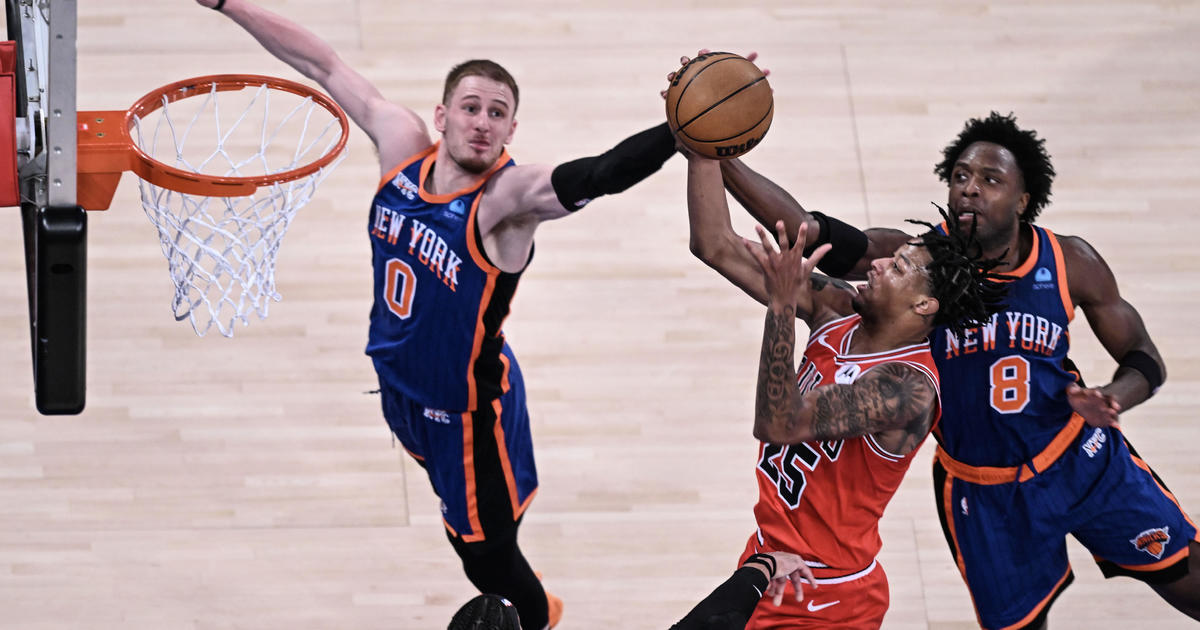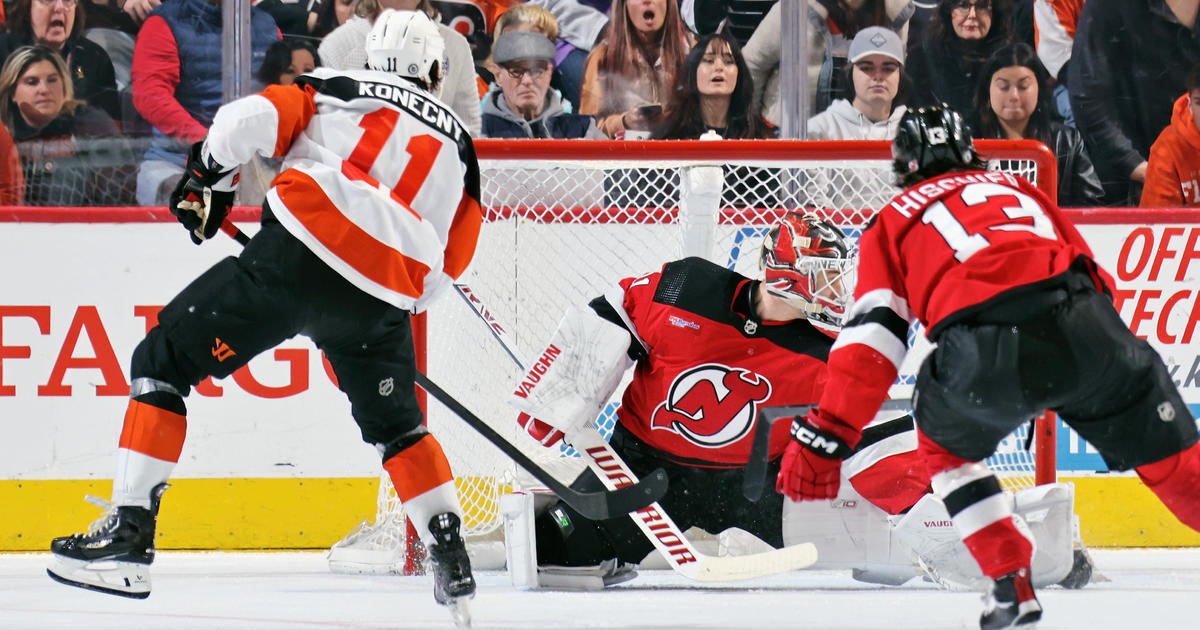Kallas: Defending The Three
By Steve Kallas
» More Columns
It happens 25, maybe 50 times a season in the NBA. It happens in college basketball all the time. It happens in high school basketball all the time. A team is up three, very late in the game, yet, somehow, the other team gets a good look at a three to tie the game.
But maybe the greatest example ever, and the one that may create a sea change in NBA defenses, occurred Wednesday night in Memphis. The Grizzlies, on the verge of upsetting #1 seed San Antonio (up three games to one), were up three points with only 1.7 seconds left. San Antonio was inbounding the ball from half-court. All Memphis had to do was defend the three-point line to win the game.
So what happens? San Antonio runs a play for, of all people, Gary Neal. Neal, down below the foul line, gets a pick from Tim Duncan above the foul line (all action takes place inside the three-point line). Incredibly, O.J. Mayo is guarding Neal (between Neal and the basket) 13-14 feet from the basket. Mayo gets picked by Duncan, Neal pops free ABOVE the three-point line, Mayo rushes to Neal, who takes one dribble to his right and gets off a clean three that goes in at the buzzer.
You know what happens next. San Antonio 110, Memphis 103 in OT. Memphis still leads the series 3-2. But, if San Antonio comes back to win it, this play may eventually go down as the play that changed the way NBA teams defend the three up three points late in the game.
WHAT'S THE BIG DEAL?
Here's the big deal. After a generation of having the three-point line in the game, NBA coaches still don't know how to defend the three (we will get to the "just foul" option later). After learning their entire lives to play defense between your man and the basket, in this situation, up three, you have to play defense between your man and the THREE-POINT LINE (assuming, of course, you decide to play man).
Inexplicably, nobody seems to understand this.
WHAT DID COACH LIONEL HOLLINS SAY AFTER THE GAME?
Interestingly enough, Memphis coach Lionel Hollins had some fascinating comments after the game. He's really the first coach I have ever heard spell out (almost) what needs to be done in the up-three-late scenario. Now, all he has to do is coach his players to do it.
Here's what Hollins said in the post-game interview:
"I tried to get my guys to get out on the three-point line and I said even if they score two points it doesn't matter and I look up and I'm yelling and everybody's inside the three-point line and trying to guard their man instead of just getting out and catching them."
Forgetting the fact that Hollins, essentially, publicly criticized his entire team in the game for playing stupid basketball, this is really fascinating stuff.
Clearly, Lionel Hollins understands, to some degree, what needs to be done.
NOW, HE AND OTHER NBA COACHES HAVE TO TEACH THEIR PLAYERS HOW TO DO IT
You can't just tell players, who have played defense one way their entire lives and then, in this game, for 47 minutes and 58.3 seconds, to play it another way for the last 1.7 seconds. You have to teach it. You have to coach it. You have to practice it virtually every day because it is contrary to what all players have been taught since biddy-ball. You are telling players to defend the three-point line, not the basket. That was unheard of before the three-point line was introduced.
So, give Lionel Hollins a lot of credit. He might be the first coach ever to articulate, after a terrible loss (that should have won the series for Memphis), what a team needs to do up three very late in the game. But, now, he has to coach his team to do it.
HERE'S ANOTHER OPTION
This might even be better than playing man-to-man and defending the three-point line. Put a seven-footer on the guy in-bounding the ball. Then get four long, athletic guys to literally stand above the three-point line.
Especially in the Memphis case (only 1.7 seconds left), you WANT the other team to throw the ball into the two-point area. If they do, nobody converges on the ball and everybody defends at the three-point line. That way, it would be virtually impossible to get a three-point shot, never mind a good look at the basket from three. If anything, the inbounds passer might have to pass the ball back towards half-court where the offense might get a 30-footer or so to try and tie the game. And even that shot will be contested by the long, athletic players that the coach puts out on defense.
WHY NOT FOUL?
Always mentioned by announcers, this option is rarely taken by coaches. You never want to stop the clock when you are winning and allow the other side to score points. If you try and foul and the shooter elevates (continuation in the NBA), you can (and sometimes do) give up a three-point shot and a foul (you lose). Or three foul shots (tie game if they are made or a missed third free throw which can lead to a tie or a win). In other words, too many things can go wrong.
Coaches don't want to lose games and their jobs. That's why, for the most part, teams don't foul in that situation.
COULD THIS BE THE GAME THAT CHANGES THINGS?
It could be. If San Antonio comes back to win the series, everybody will point to this play in Game 5 as the turning point of the series. When NBA coaches review the play and hear what Coach Hollins had to say after the game, a light will go off somewhere and coaches will start teaching players how to defend the three-point line, NOT THE BASKET, very late in the game with a three-point lead.
Once one or two coaches show how it's done and preserve a few wins that way, the best way to defend the three late in the game will spread like wildfire. Everyone will implement some variation off the same theme – defend the three-point line, not the basket.
I have heard, anecdotally, about a youth coach or two who already does this. I have never seen or heard about an NBA, college or even high school coach who has a set defensive play down the stretch to correctly defend up three late in the game.
But someone will do it, someday (hopefully) soon.
And then everybody will shake their heads and say, "How could this have not been done 20 or 25 years ago?"



